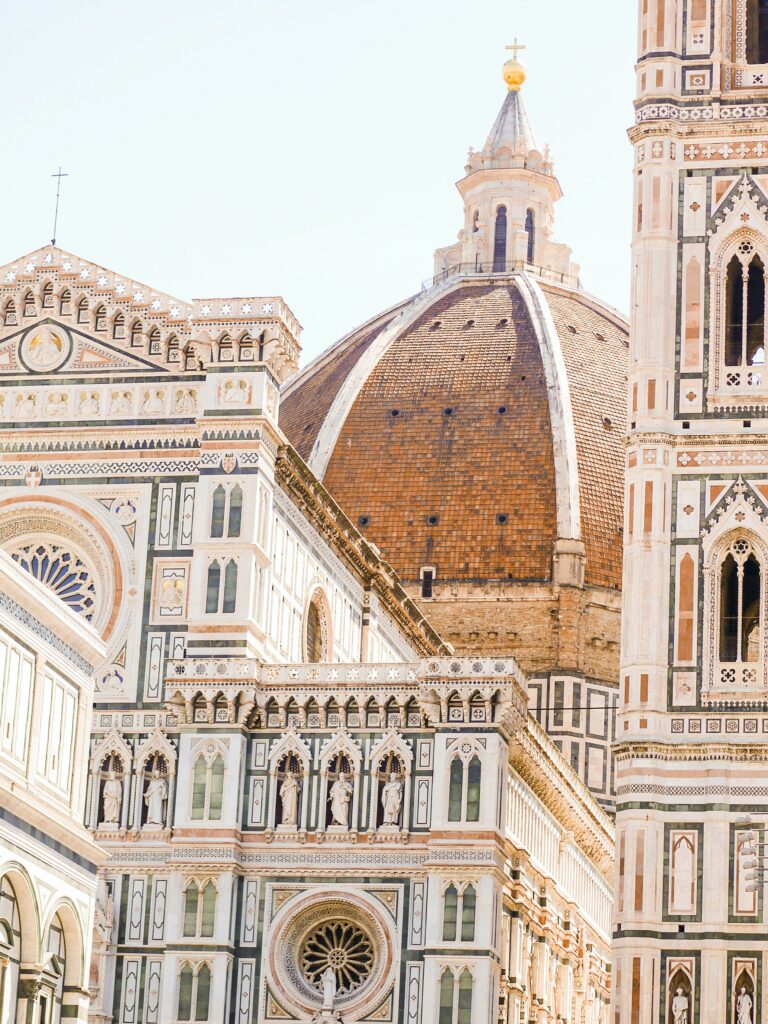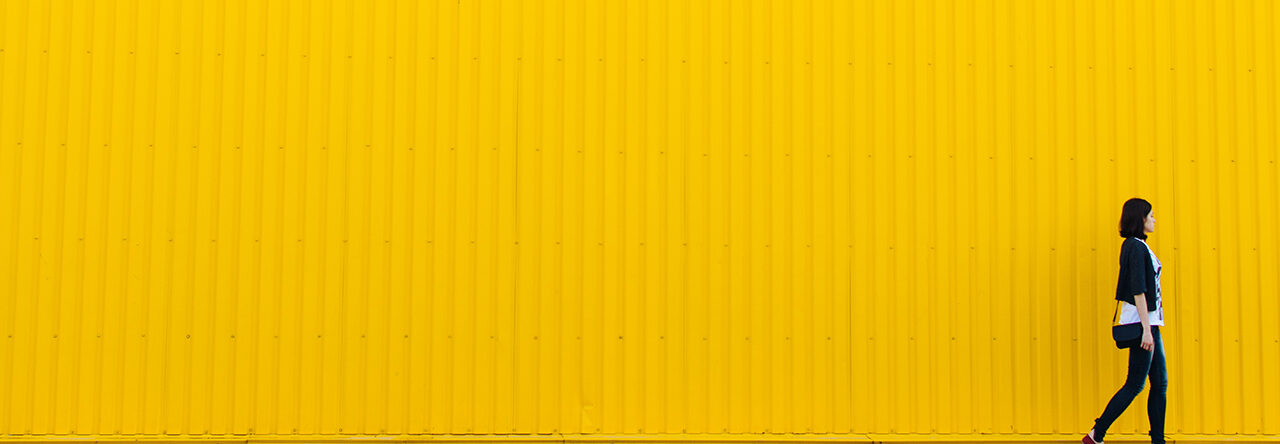Reading time: 5 mins
Sometimes I wonder if creatives and creativity are seasonal goods. Whenever business or politics have maneuvered themselves into a dead end, there is a cry for “creative solutions”. Depending on the economic situation, “creatives” range from ridiculed crackpots to saviors of the future.
I’m a member of the creative industries. But in times like these I can’t help asking myself: What is a ‘creative’ actually?
The Christian and Jewish creation narrative says that God created man in his image (Genesis 1:27). I think the verb “to create” is important here because its Latin translation is “creavit”.
Creativity is therefore the ability to create something. It is a divine gift to us humans. From antiquity to the Middle Ages, it was accepted: In our creativity we humans encounter the divine power from which we emerged.
As a result, creativity was treated with reverence.
Every creative act is a prayer
Jeff Goins
Creativity is at the core of human beings because it sets us apart from other species. And the divine gift of creativity is given to all human beings.
We are all creatives, we just live it to different degrees.
Table of Contents
Creatives: divine, but not systemically relevant
However, it seems to me the respect for the divine in creativity has been lost over time. I have the feeling that in our business mentality, creativity and creative people are looked at rather condescendingly. Although we need them in so many areas of everyday life.
Without creativity and creative people there would be no music on the radio. The smart coffee machine wouldn’t have a user interface for preparing the morning espresso. We would have no clothes, no newspapers – but who cares?
But since our comfortable western world is shaken by upheaval and insecurity, this divine gift has suddenly become an economic factor. It is true: Creativity is valuable in times of crisis. But sadly, it is only valued if it provides an economic use.
If we’re not careful, the man created in Gods image might go downhill.
The cavemen knew more about creativity than we do
I was standing in a cave, when I finally understood the importance of creativity as a God-given gift. The Caves of Altamira are famous for their Stone Age paintings. Around 15.000 years ago, people left a huge ceiling painting with over 900 pictures of animals. Altamira is considered the Sistine Chapel of the Paleolithic.
Until then, I thought that the simple style of the cave paintings was due to the low level of technical development at the time. But in Altamira I learned that the artists matched the style and implementation of their pictures precisely to the topography and surface structure of the painting area. The reduction and abstraction of the paintings were no coincidence, but a deliberate artistic design.
The paintings in Altamira convey a breathtaking clarity, intensity and power. To this day, it takes art students years of study to develop such artistic intensity. Those paintings leave you speechless.
“The cave of Altamaria is the maximum representation of human creative spirit.”
– Museo de Altamira

The people in the Stone Age only had simple language. They had no idea of writing and nothing that we would call significant or civilized today.
They had no concept of value chains or efficiency. They were at the bottom of Maslow’s hierarchy of needs and the average life expectancy was 20 years.
The most basic needs for food, warmth, and shelter were just about met. But there wasn’t even a door at the cave hole to keep the saber-toothed tiger out while you were sleeping.
You might think that Paleolithic people had more pressing things to do than let their creativity run free.
Instead, they created these magnificent works of art that have endured for 15.000 years.
Do we seriously consider creativity, art and culture to be not systemically relevant?
Take the Renaissance as an example: Who do we remember? The creatives.
Let’s talk about the Renaissance. It was an age when things went through the roof – technically, economically, and politically. There was also a pandemic, it was called the plague, and war was ubiquitous.
Who comes to your mind when you hear the word Renaissance?
Is it the legendary entrepreneur Jakob Fugger? Or the puppet masters from the Medici clan?
No, I’m confident it’s the creatives: da Vinci, Michelangelo, Brunelleschi, Raphael and their many colleagues.
They revolutionized the world of art, architecture, science, and engineering of that time. And they often did so not thanks to, but despite the circumstances in which they worked.
They combined and applied knowledge, intelligence, and creativity to create something new. The principles and insights they developed are still valid today.

I’ve never met anyone who said: “I want to visit Jakob Fugger’s account books.” (And they might well be worth a look as Fugger is considered to be one of the wealthiest people ever to have lived).
But every year millions of people travel to Italy to see Filippo Brunelleschi’s Florence Cathedral, Leonardo da Vinci’s Last Supper or Michelangelo’s David.
The Sistine Chapel alone attracts six million visitors each year.
Creativity: human, divine, eternal
Since the Paleolithic, humans tried to capture the divinity of creativity in stone, color, and form. These works have survived war, disease, and crises for millennia. They touch us to this day.
That’s why creativity is much more than an economic factor or a skill to decorate your CV. Creativity is the connection to our creative, divine origin.
Creativity shapes our humanity. It determines the traces we leave on this world.
We are all creatives.
